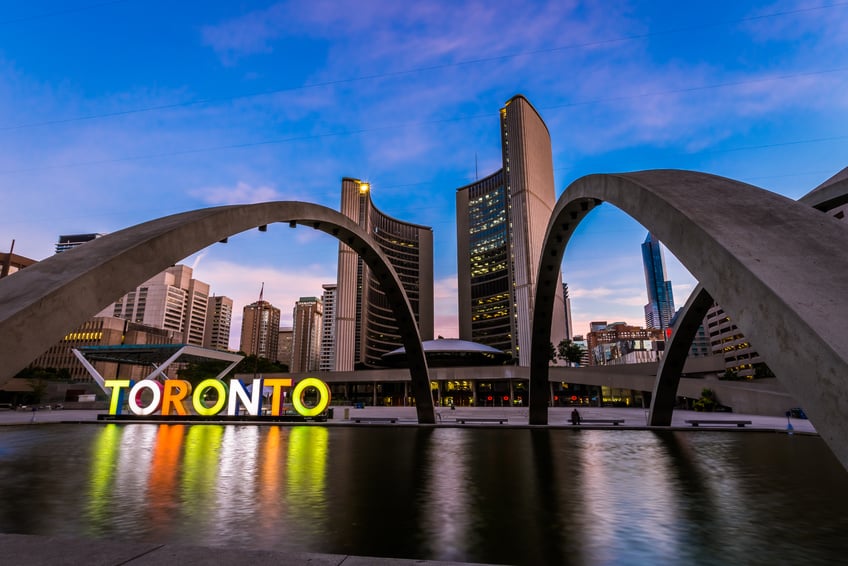The explosive growth of corporate sustainability programs truly affirms the prominence, if not centrality, that many of these programs have within multinational producers across a wide variety of industries. Further, the breadth and specificity of many of these programs can rightly be said to reflect the granular analysis in which many companies engage in determining the content and resources expenditures for these initiatives. But what’s truly notable in its absence – either buried in the numbers or not found at all, is the lifecycle preservation of product resources.
Product Resource Recovery as an “OS” (Original Sustainability program)
The irony in downplaying, if not omitting, product resource recovery from sustainability programs bears mention: for many international producers, one of the very first sustainability programs in which they starting participating (a decade or more past) is a regulated waste diversion scheme for the recycling and not landfilling of their product and/or its regulated content.
So why has good ole government mandated resource recovery been largely ignored, even though it is now recognized as part of the global push for a Circular Economy?
The Disconnect Between Government-Run EPR and Corporate Sustainability
The problem is simply this – the groundswell of product design innovation and environmentally responsible supply chains abruptly ends for many corporations at the point-of-sale, as most resource reuse and recovery for waste diverted products such as electronics is undertaken through government authorized parties without much, if any, differentiation of product content or deconstruction capacity among regulated categories, such as “laptop” or “monitor”. The sustainability activities of producers caught in these ever-growing regulated diversion categories is usually not much more than the payment of a per unit government fee – hardly a tale that must be told.
IPR Returns Circular Economy to Producers
There is a coming transition in North America from a (government-run) EPR to an Individual Producer Responsibility model, where producers determine their own product resource recovery (financial and sustainability) strategy, from raw material sourcing right through to re-manufacturing. Producers will want to reintegrate end-of-life considerations into their overall strategies, like an estranged family member finally returning home for the holidays.
There will be collaborative opportunities both vertically and horizontally (among industry players) for resource recovery, but only where individual producers maintain sufficient latitude, individually or with like-minded resource recovery partners, to make sustainability relevant and economically advantageous to the whole product lifecycle, thereby truly bringing a circular economy strategy back home again.



